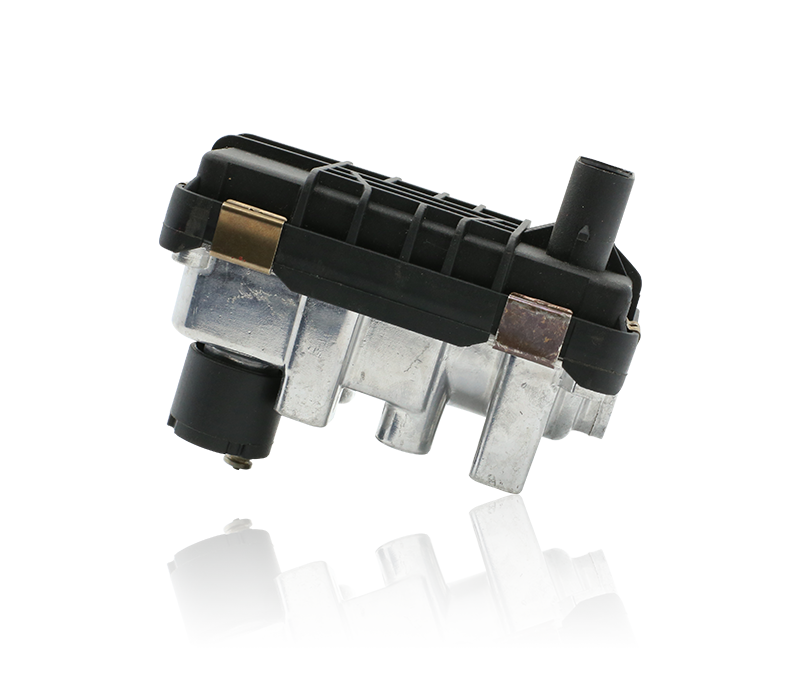The turbocharger can make the fuel economy highe […]
The turbocharger can make the fuel economy higher, mainly because it will provide more air to the combustion chamber, so that it can be more thorough, and the emissions are cleaner. One of the problems is very worthy of attention, and that is the problem of oil. In order to operate efficiently, we need to investigate the cause and find a solution.
1: The turbocharger oil consumption is large, but the exhaust smoke is normal and the power is not reduced. This situation is generally caused by oil leakage.
The manufacturer of the turbocharger rotor introduces the treatment method: check whether the external oil pipes of the engine lubrication system (including the turbocharger inlet and return pipes) are leaking oil, and check whether the exhaust gas outlet of the turbocharger is organic oil. If there is organic oil, it can be judged that the seal ring at one end of the turbine is damaged, and the seal ring should be replaced.
2: The oil consumption is large, the exhaust emits blue smoke, but the power does not drop. Due to oil leakage at the compressor end of the turbocharger, the oil enters the combustion chamber through the engine intake pipe and is burnt. There are several possibilities: the oil return pipe of the turbocharger is not unblocked, and the oil has accumulated in the middle support of the rotor assembly. Many, flow into the compressor impeller along the rotor shaft. After the seal ring or oil slinger near the end of the compressor impeller is damaged, the oil enters the impeller chamber from this, and then enters the combustion chamber through the tube along with the pressurized air in the room.
Processing method: Open the air outlet of the compressor or the straight pipe (rubber hose) of the engine's air intake, and check whether the oil is adhered to the nozzle and the pipe wall. If yes, please check if the return pipe of the turbocharger is unblocked. If it is not unblocked, it is caused by excessive oil accumulation at the intermediate support. The oil return pipe should be dredged and reinstalled. If it is unblocked, it is caused by damage to the seal ring or oil slinger at one end of the impeller, and the turbocharger should be disassembled for repair.
3: The turbocharger consumes a lot of oil, the exhaust emits blue or black smoke, and the power drops.
Cause: The gap between the piston and the cylinder is worn too much, and the oil rushes into the combustion chamber and is burned. In the process of air being sucked in by the supercharger, the air flow encounters greater resistance. (Such as the air filter is blocked, the air inlet hose is sucked and deformed or flattened, etc.), the pressure at the air inlet of the compressor is low, causing oil to leak into the compressor and enter the combustion chamber along with the compressed air to be burned.
Handling method: Check whether there is inorganic oil in the wall of the straight inlet hose, whether it is squashed, and the airflow is blocked or the air filter element is blocked. If the nozzle and pipe wall have organic oil, the air filter element should be cleaned or replaced.
https://www.fcfuda.com/
